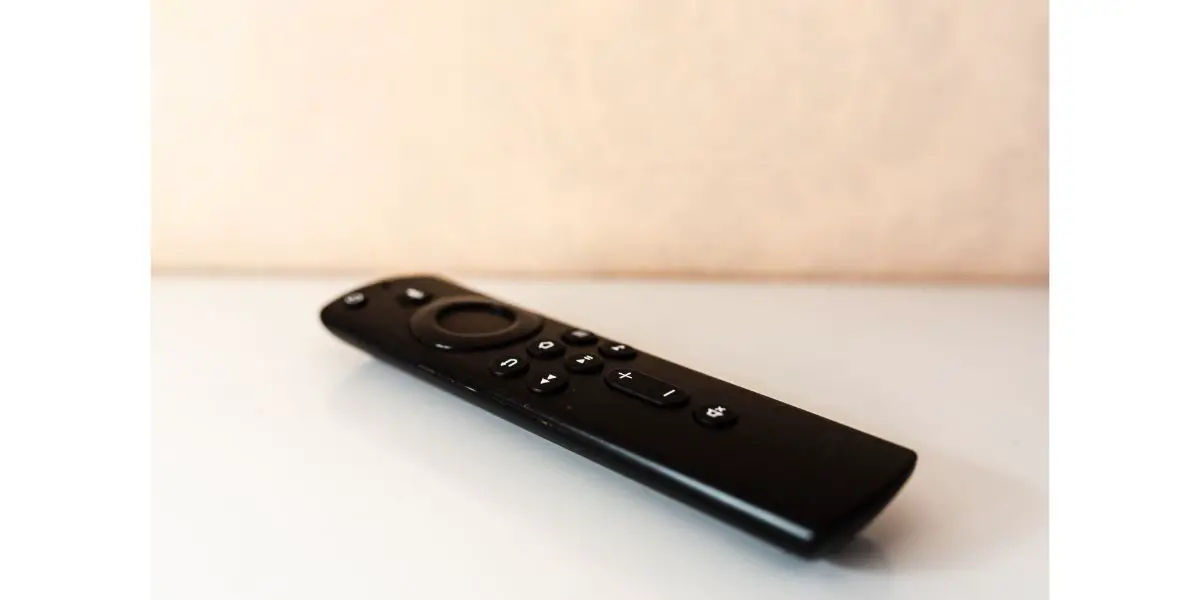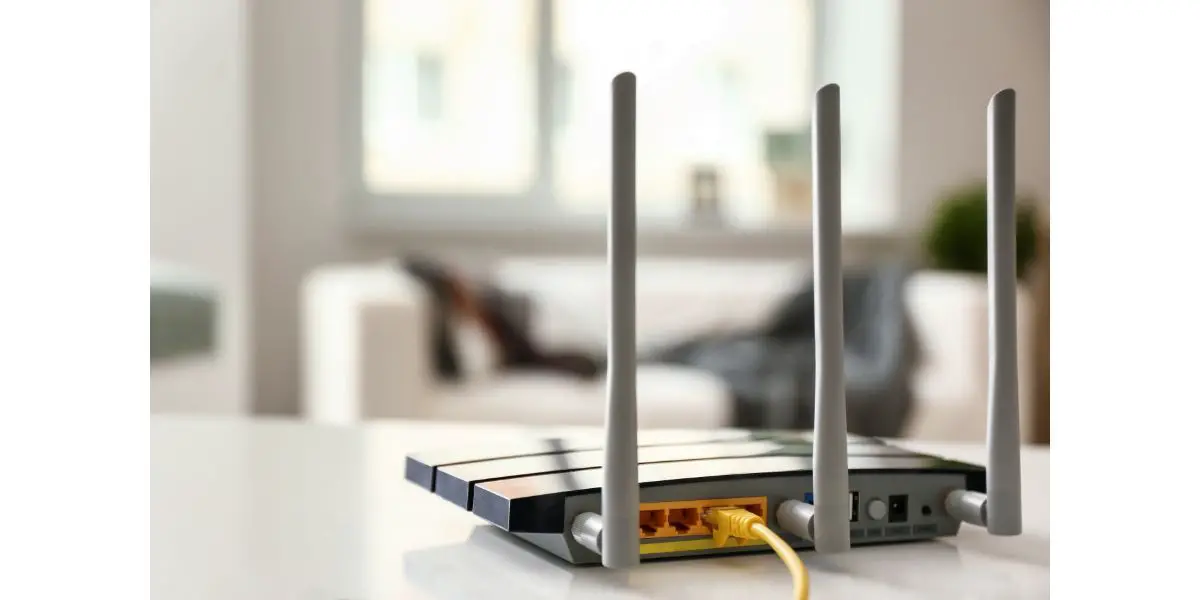Disclaimer: This post may contain affiliate links, meaning we get a small commission if you make a purchase through our links, at no cost to you. For more information, please visit our Disclaimer Page.
The Amazon Fire Stick is a popular streaming device that allows users to access a variety of entertainment options on their TV. However, sometimes users may encounter an issue where the Fire Stick won’t load the home screen. This can be frustrating and may prevent users from accessing their favorite content.
There are several reasons why the Fire Stick may not be able to load the home screen. For example, it could be due to a poor internet connection, an outdated operating system, or a faulty HDMI port.
Fortunately, there are several solutions that users can try to resolve the issue and get their Fire Stick working properly again.
In this article, we will explore some of the most common reasons why the Fire Stick won’t load the home screen and provide tips on how to fix the issue.
Table of Contents
9 Troubleshooting Fire Stick Won’t Load Home Screen
If you are experiencing issues with your Fire Stick not loading the home screen, you can try some of the basic troubleshooting steps below to resolve the issue.
1. Check the Power Source
The first step in troubleshooting your Fire Stick is to check the power source. Ensure the device is properly plugged in and the power adapter is securely connected.
If you use a USB power adapter, try switching to a different power source or using a different one. If the device is still not turning on, try replacing the batteries in the remote.
Also, check to make sure your TV is turned on. If it’s not turned on, then the Fire Stick won’t do anything.
The next thing you should check is the remote’s batteries. Try replacing the current ones with new batteries.
2. Check the HDMI Connection
The next step is to check the HDMI connection. Make sure the HDMI cable is securely connected to both the Fire Stick and the TV.
If the device is still not working, try using a different HDMI port on your TV or a different HDMI cable. It is also important to make sure that the TV is set to the correct HDMI input.
3. Restart the Device
If none of the above steps have worked, try restarting the Fire Stick. There are two ways to do this: using the remote or through the settings menu.
To restart using the remote
- Press and hold the Play/Pause and Select buttons at the same time for 5 seconds.
- To restart through the settings menu, go to Settings -> My Fire Tv -> Restart.
By following these basic troubleshooting steps, you can resolve most issues with your Fire Stick not loading the home screen.
4. Unplugging the Device
A simple fix that may work is to unplug the Fire Stick and then plug it back in. This can help reset the device and fix any glitches that may be causing the loading screen issue. Follow these steps:
- Unplug the power cord from the back of the Fire Stick.
- Wait for a few seconds and then plug the power cord back in.
- Wait for the device to start and try to load the home screen again.
It is important to note that if the Fire Stick is plugged into a power strip or surge protector, it should be unplugged from the strip or protector and plugged directly into a wall outlet.
This can help ensure the device has enough power to function properly.
5. Update the Fire Stick
If the Fire Stick is not loading the home screen, it may be due to outdated software. Updating your Fire Stick allows recent OS changes to get rid of bugs that can crash the TV, apps, and other problems discovered.
Updating the OS can help resolve the issue. Here are some steps to update the Fire Stick:
- Go to the Fire TV home screen and select “Settings.”
- Choose “My Fire TV” and then select “About.”
- Select “Check for Updates” to see if any updates are available.
- If an update is available, select “Install Update.”
Make sure to have a stable internet connection when updating!
6. Clear Cache
Simply explained, a cache is a temporary storage area on a device that holds frequently accessed data. For the Fire Stick. when you use an app, the device stores some of the data locally in the cache so that it can be accessed more quickly the next time you use it.
Clearing the cache on a Fire Stick removes the stored data from the device’s memory. This can free up space on the device and help to improve its performance.
Over time, the cache can become cluttered with outdated or unnecessary files, which can slow down the device and cause it to run less efficiently. Clearing the cache periodically can help to keep the device running smoothly. Here are some steps to clear the cache:
- Go to the Fire TV home screen and select “Settings.”
- Choose “Applications” and then select “Manage Installed Applications.”
- Select the app causing the issue and then select “Clear Cache.”
It is important to mention that clearing a cache will not delete any of your personal data such as saved settings. If you have problems with the cache not clearing, check out the video below.
7. Factory Reset
If updating the OS and clearing the cache data do not resolve the issue, factory resetting the Fire Stick may be necessary. This restores the device to it’s original default settings.
This means all the apps you installed, preferences and saved passwords on the device will be deleted. So if you have a lot of apps, or preferences, make sure to take some pictures of them.
Here are some steps to factory reset the Fire Stick:
- Go to the Fire TV home screen and select “Settings.”
- Choose “My Fire TV” and then select “Reset to Factory Defaults.”
- Select “Reset” to confirm the action.
After the reset, the Fire Stick will need to be set up again.
Sometimes, the issue may be with the HDMI port or insufficient power input. If the issue persists after trying the above software fixes, it may be necessary to seek technical support or replace the device.
8. Reset Router
Resetting a router can help to resolve connectivity issues. If you’re experiencing problems with your network, such as dropped connections or slow speeds, resetting the router can often help to resolve these issues.
This is because resetting the router can help clear any errors or glitches affecting the device’s performance, allowing it to establish a more stable and reliable connection.
Range and Signal Strength
If the Wi-Fi signal strength or range is weak, it can cause the Fire Stick to experience issues, including not loading the home screen.
It’s important to note that the Fire Stick requires a stable and strong Wi-Fi connection to function properly. Here are some possible solutions:
- Move the router closer to the TV.
- Remove any objects that may be blocking the Wi-Fi signal.
- Use a Wi-Fi range extender to boost the Wi-Fi signal strength.
- Check if other devices connected to the same Wi-Fi network are experiencing the same issue. If so, it could be an issue with the Wi-Fi network itself.
If you find apps running slow, you can check the Wi-Fi signal strength by doing the following:
- Go to Fire Stick “Settings” and select “Network”
- Now pick the Wi-Fi network you’re connected to
- On the right-hand side, the TV should tell you the strength of your internet connection
9. Contact Amazon Customer Support
After going through all these fixes, we highly recommend contacting Amazon customer support if your Fire Stick still doesn’t work. The support team may ask you to run through several or additional fixes here.
You may have a faulty device if you have a relatively new one. Factory defects occur, so check if you are within the warranty period or if it’s possible to return the Fire Stick.
Conclusion
By taking the time to resolve the homepage issues with the potential fixes above, you can ensure that you’re getting the most out of the device and enjoying its features and capabilities.
Whether using the Fire Stick to stream movies and TV shows, play games, or access other content, it’s a powerful and versatile device that can provide hours of entertainment and convenience.


